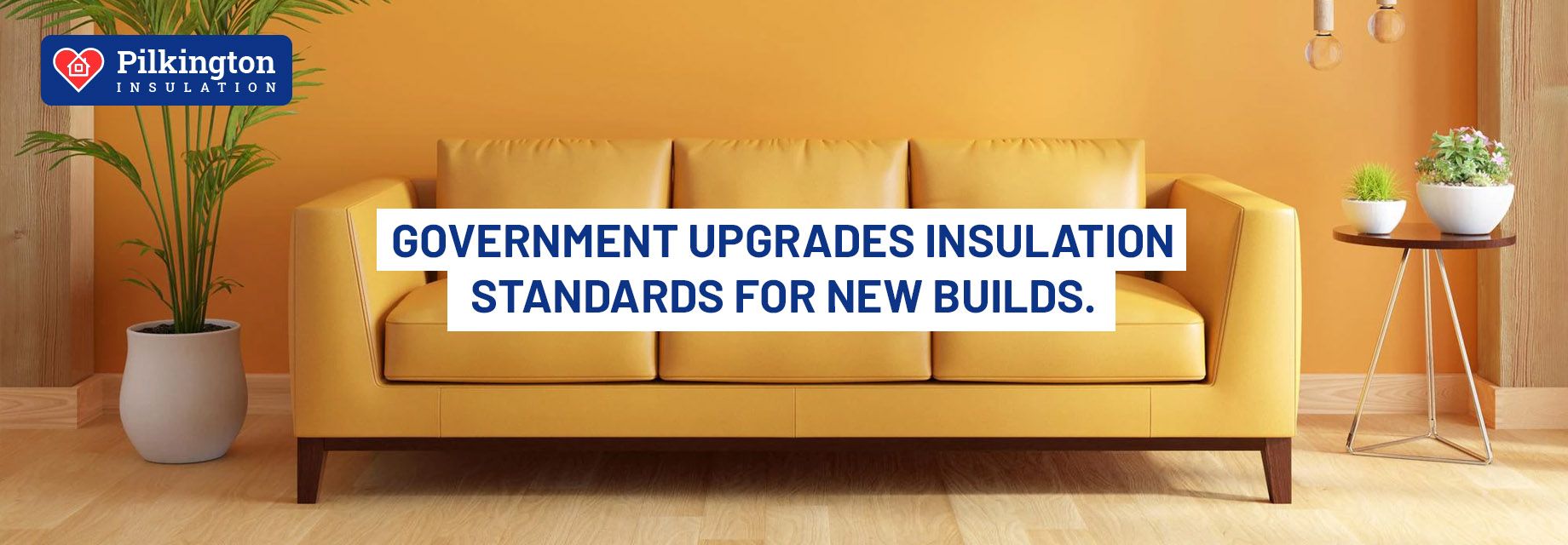
Changes to H1 AS1 and new insulation requirements in new builds
In this article, we discuss the upcoming changes to H1/AS1 in the New Zealand Building Code and what that means for the insulation levels required in your home moving forward.
You’ve probably seen from the media that the building industry has been under incredible pressure over the past 2 years. With interest rates at all-time lows, the demand for building and construction services has boomed to levels never seen in New Zealand. This has meant that manufacturers have been producing building materials in record quantities however this still hasn’t been enough to keep up with the demand. To add to the chaos, COVID-19 has impacted supply chains, creating issues with accessing the raw materials necessary to manufacture building products. This perfect storm has pushed the price of building up more than 30% during the same period.
During this time the Government has also been focused on improving the building standards for the industry. In particular, the government has focused on improving energy efficiency and improving this by increasing the minimum insulation/R-values as a control of airflow, solar heat gain, hot water systems and artificial lighting. In doing so, MBIE (Ministry of Business, Innovation & Employment) has announced changes to H1/AS1 which will apply to all new homes from 2nd November 2022.
What are the changes to H1/AS1 and what does this mean for new homes?
The major update has been the creation of 6 climate zones throughout New Zealand. These Zones will determine the new minimum insulation standards required from your home.

The table below shows the increase in minimum R-Vales across the new climate zones.

Ceiling insulation will increase to a minimum of R6.6 across all zones and underfloor insulation will increase to R3.0. Standards for wall insulation will also slightly increased to R2.0.
Across all zones, the minimum insulation levels will increase across ceilings walls and floors. Insulation for window glazing has also increased. Homes meeting these new standards will be approximately 40% more energy-efficient. The improved thermal efficient reduces the overall energy needed to heat and cool your home.
Insulation and Joinery manufacturers are rapidly working to design and re-engineer their product ranges to ensure builders and construction companies can meet comply with the new standards by the November 2022 deadline.
Future proposed insulation changes to H1/AS1 Acceptable Solutions.
MBIE is expected to announce further changes that wall thicknesses in standard residential homes. These proposed future changes will increase wall thickness from 90mm to 140mm. MBIE will wait for supply chain pressures to reduce before introducing this change.
Homes with a 140mm wide wall cavity would require a much higher level of wall insulation, and many home builders are actively looking at adjusting their designs in anticipation of these future changes.
How do these changes affect me?
If you have an existing house, you don’t need to do anything however all new homes will need to comply with the new requirements.
As a landlord, you may also want to consider upgrading your homes insulation to ensure they need the new standards.
If you have questions about the changes to H1/AS1 we’d be happy to chat. Feel free to contact one of our sales consultants so we can discuss your specific requirements.
